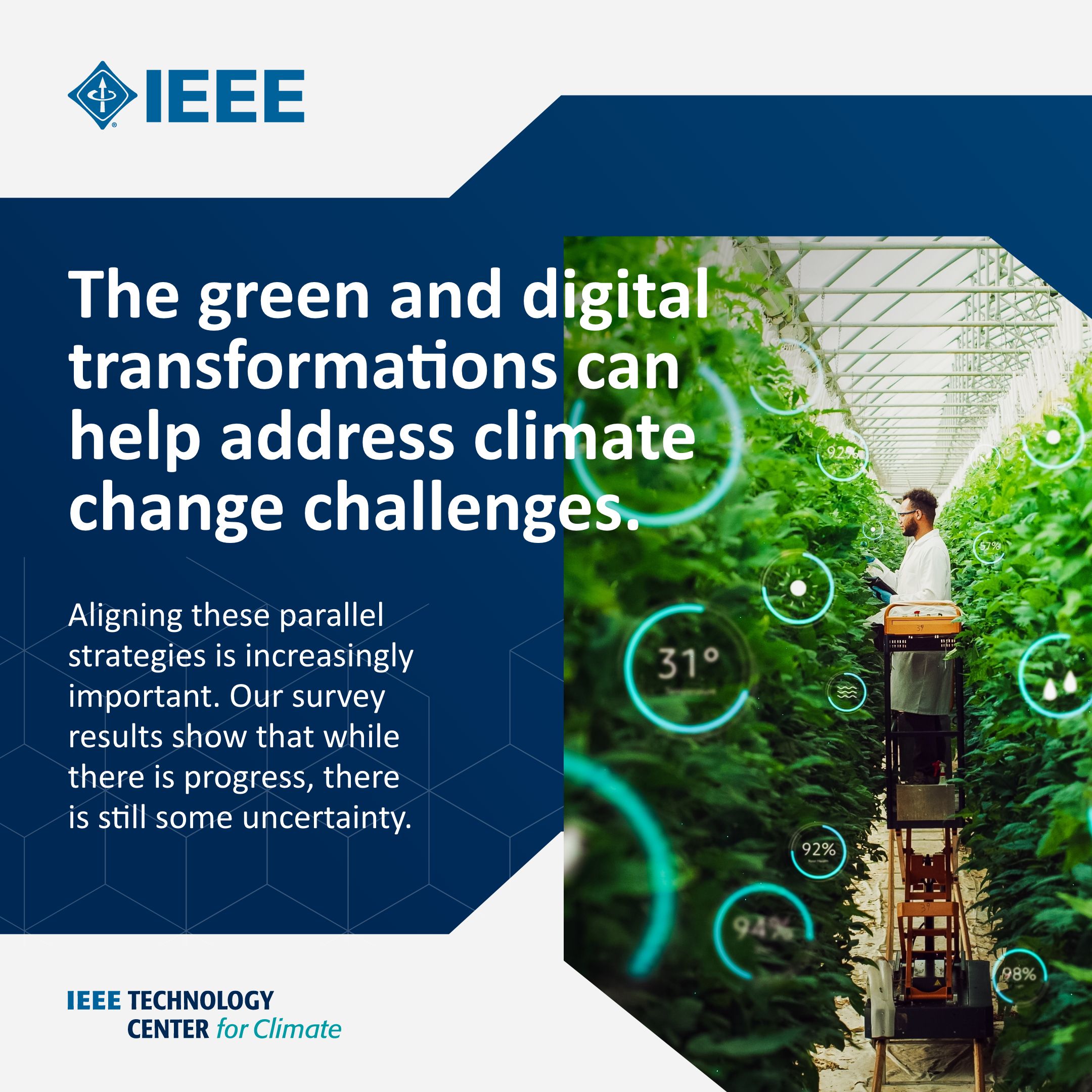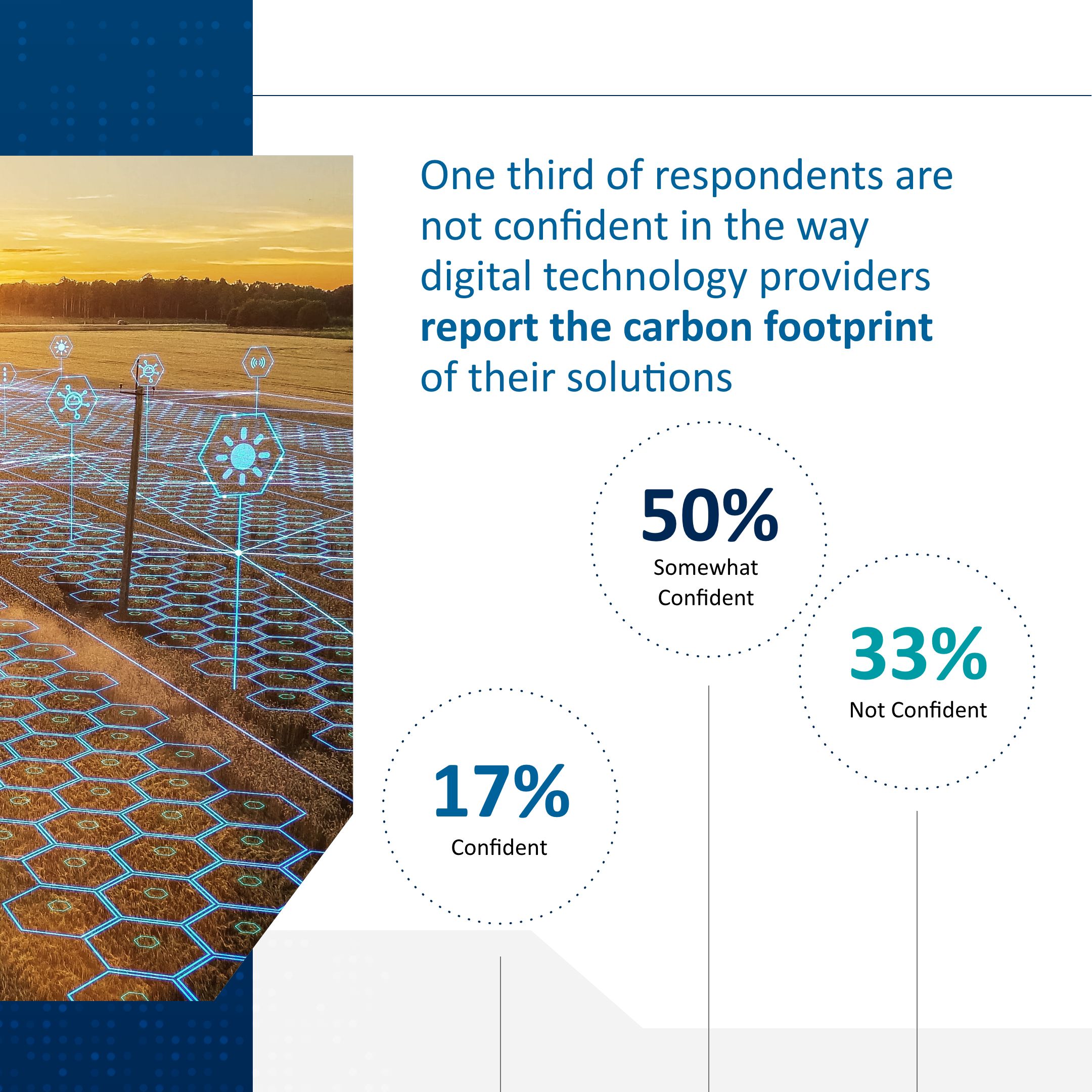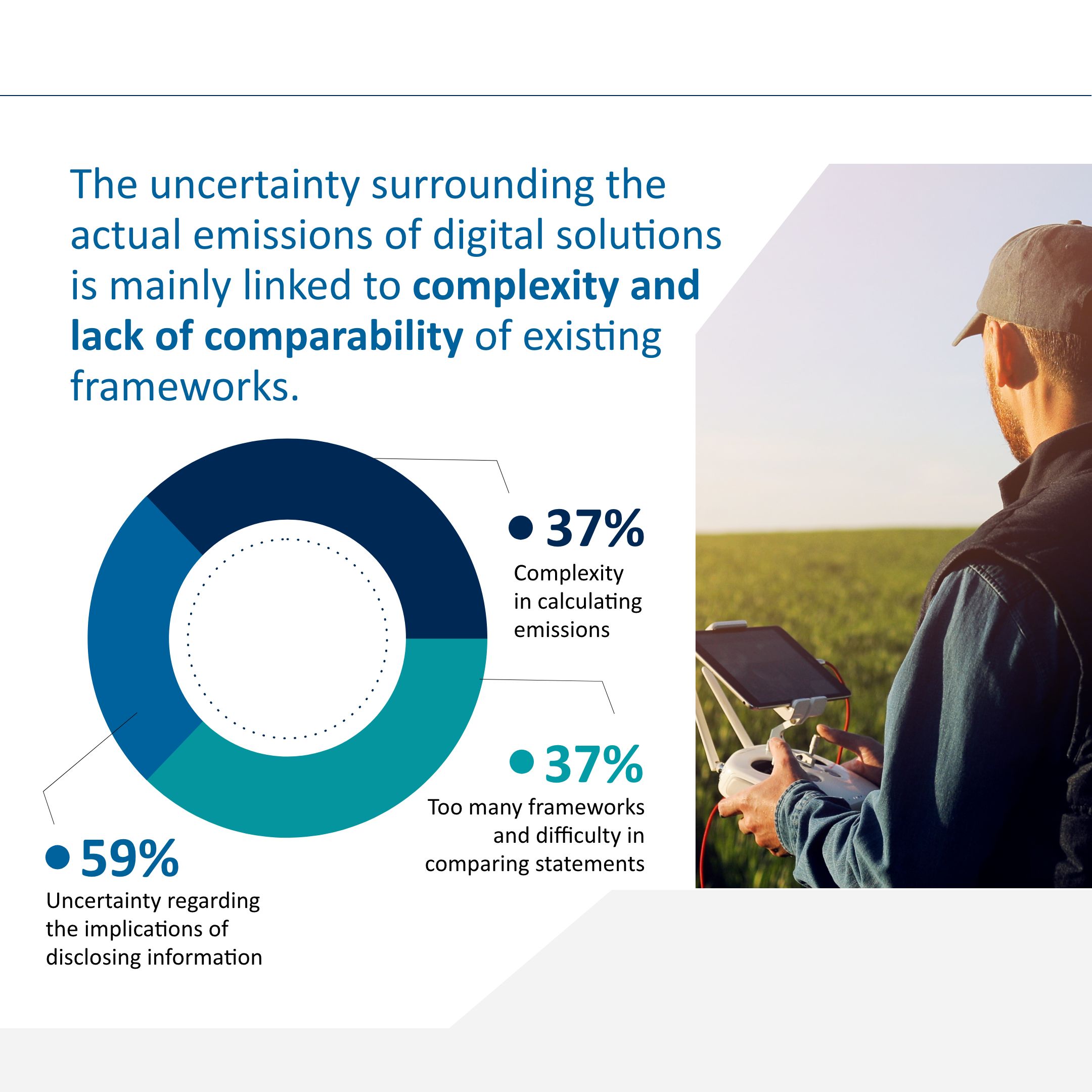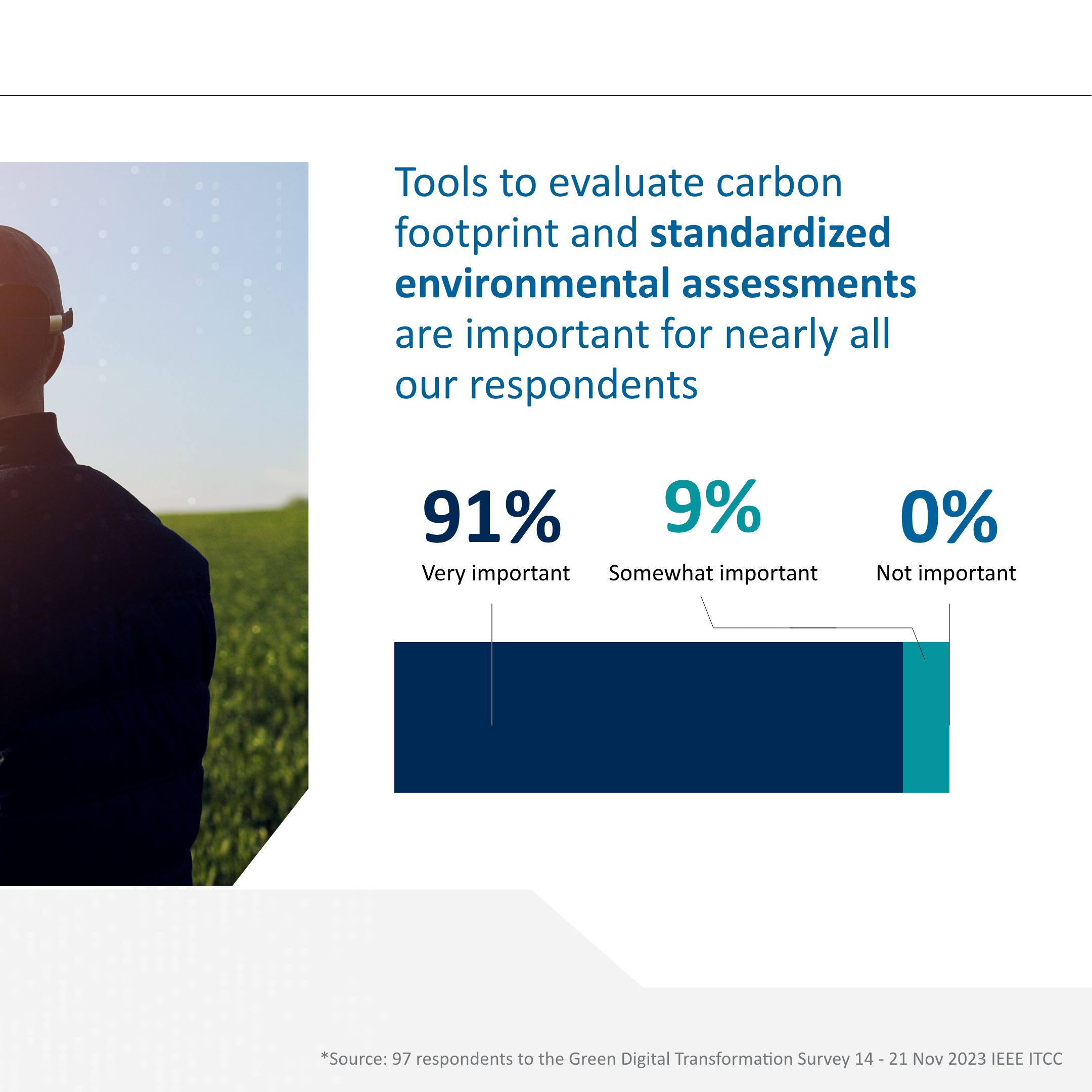Summary
The digital and green transformations are often considered separate, yet once combined they can bring increased benefits for the economy and the planet. Here's why we cannot have a sustainable world without a digital one.
The world is undergoing a digital transformation with a widespread integration of digital technologies which are reshaping global industry in a Fourth Industrial Revolution.
At the same time we are facing a triple planetary crisis: climate change, air pollution and biodiversity loss. As a response, industry is shifting from fossil fuel-based and polluting processes towards reduction of greenhouse gas emissions and resource optimization, known as the green transition.
Speaking at the ITCC webinar The Progress on the Green Digital Transformation, Tony D’Arcy, Head of ESG Enablement and Communications, Nokia, noted that there are many ways in which digital innovation can help accelerate the green transition; but the challenge is to make it part of the industrial process. This is why the digital and the green transformation are known as twin transitions.
Leveraging digitalization for sustainability
Digital technologies, including AI and Internet of Things (IoT) are helping to address climate change challenges and contribute to the reduction of energy consumption, emissions and environmental impact across value chains.
For example, in the energy sector, responsible for about three-quarters of all greenhouse gas (GHG) emissions, decentralized, independent microgrids are helping to create energy-efficient smart neighborhoods, while AI is improving predictions for energy supply and demand in grid management.
Combining digital methods and green approaches can provide opportunities and benefits across all industries, and could help cut global carbon emissions by up to 20%.
Expanding the twin transition to unlikely sectors
An unexpected sector where digital can have a positive impact on the green transformation is the pharmaceutical industry. Its Greenhouse Gas (GHG) emissions alone are 55% higher per dollar of revenue than the automotive industry. Technologies such as AI and digital twins are reshaping the pharmaceutical manufacturing industry and can help cut pharma’s carbon emissions as part of an overall green strategy, from R&D to production and distribution.
Food production systems, already responsible for one third of all greenhouse gas (GHG) emissions and projected to experience a surge in emissions owing to population growth, can also benefit from the twin transition. For example smart agriculture, with its precision farming techniques and data-driven supply chain management, can help produce and distribute food more sustainably.
“There is a green transition and there is a digital transition — very few think of the nexus and when they do see the nexus they see the conflict,” said Ilias Iakovidis, Adviser, Digital Aspect of Green Transition, DG Connect, European Commission during the ITCC webinar, adding “it’s the synergies that matter, it’s what digital can do for green, and it’s much bigger than that conflict.”
Technology’s footprint
However, the ‘elephant in the room’ is the emissions of the ICT industry itself. Data centers alone represent 1% of energy-related GHG emissions, while a single LLM AI model requires vast amounts of energy to train and run, producing as much CO2 as 60 flights between London and New York.
These same digital technologies can be employed as part of a greener ICT sector, for example by using digital twins for resource optimization modelling. This was one of the areas Tom Coughlin, 2024 IEEE President mentioned during the ITCC webinar on The Progress on the Green Digital Transformation, where he highlighted new computing technologies, such as quantum computing and more compact electronics moving data across shorter distances, and generating less heat.
Progress and challenges in the digital green transformation
According to the International Energy Agency (IEA), investments in digital technology and infrastructure in the energy sector have increased by more than 50% since 2015. While the interest is there, a series of challenges remain to be addressed, as highlighted in the results of the ITCC survey.





The respondents of the survey consider hindering factors for the twin transformation: the complexity in calculating emissions, the many frameworks and statements, and the uncertainty regarding the implications of disclosing information. These are key areas to work on to fully integrate the digital and green transformation in the global efforts to reach climate goals .
- We explored how digital transformation is necessary for the green transition and examined some of the more overlooked areas of application in our recent webinar on The Progress on the Green Digital Transformation, the third in the IEEE webinar series Empowering the Green Tech Revolution: From Design to Deployment. [watch here]
Survey
We’d like to hear from you on this topic!
What do you think are the limits and challenges in using digital technologies for climate?
⬇ Let us know below ⬇


